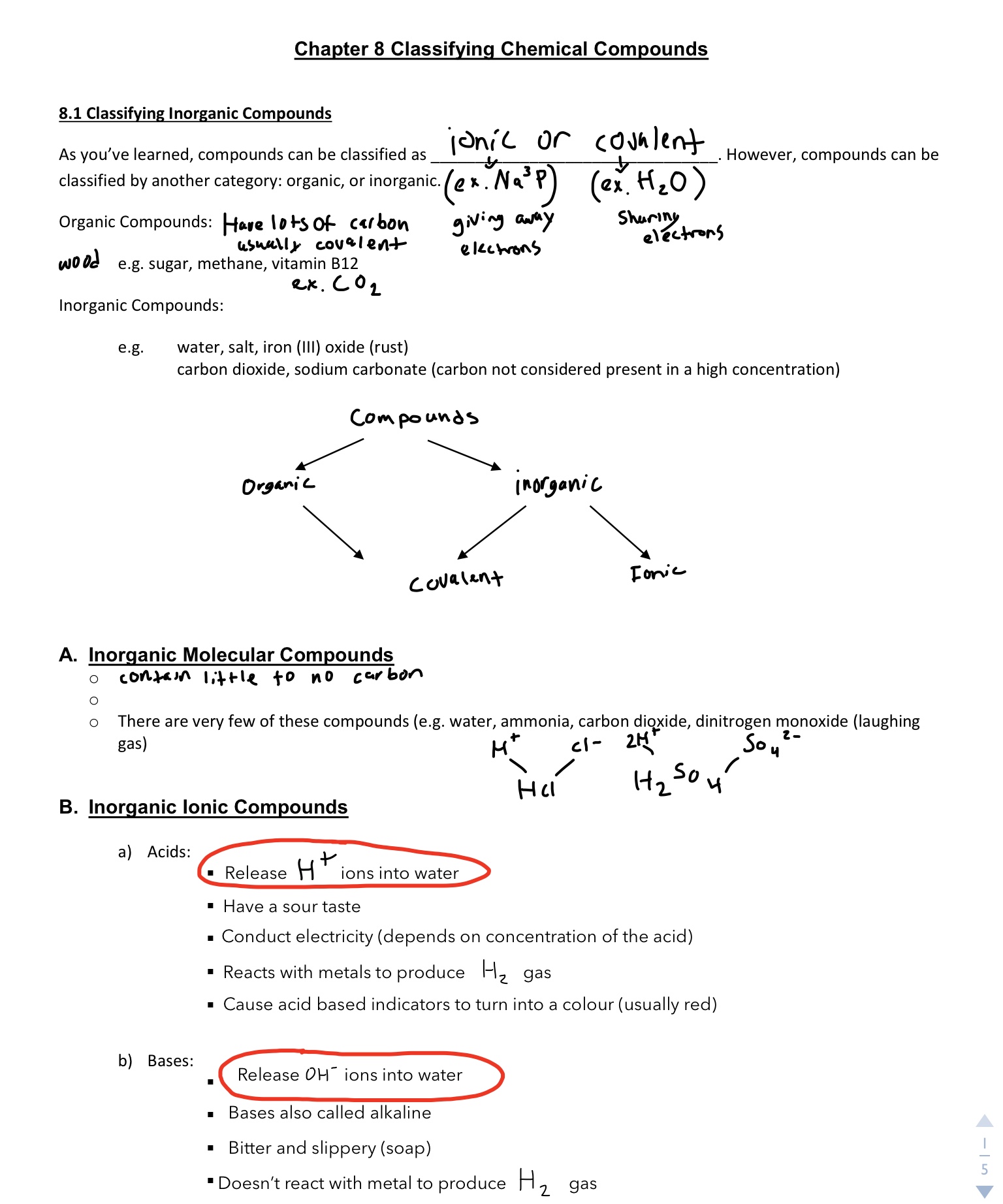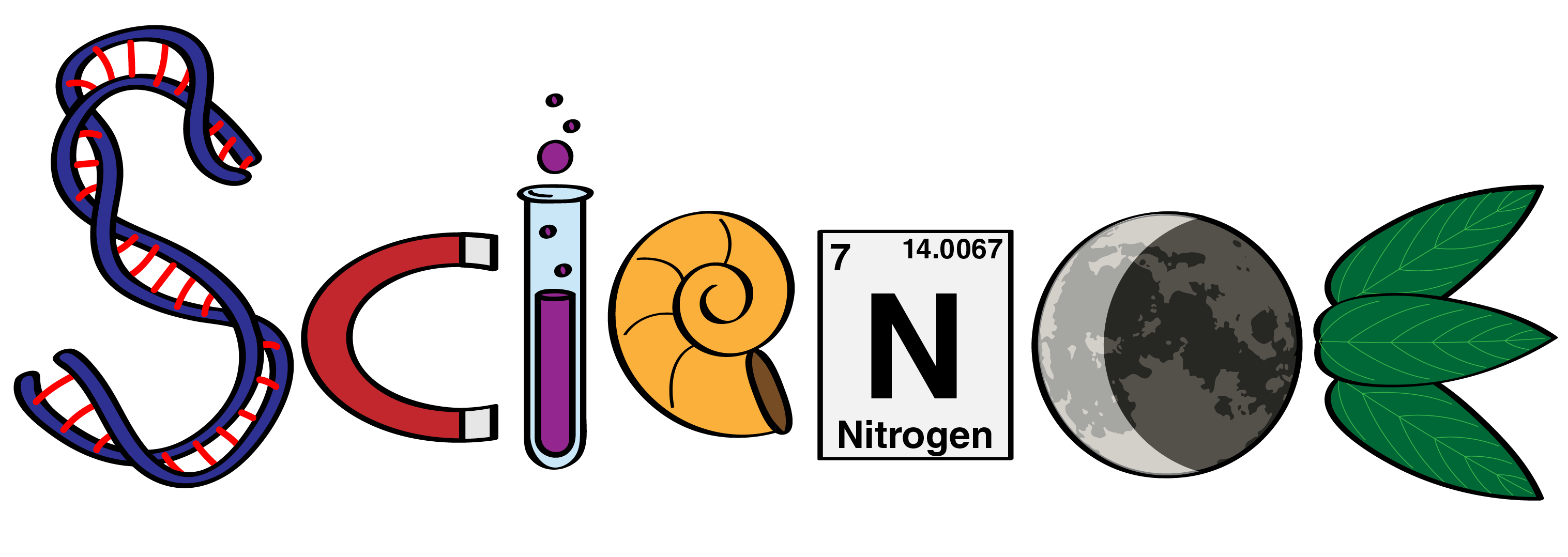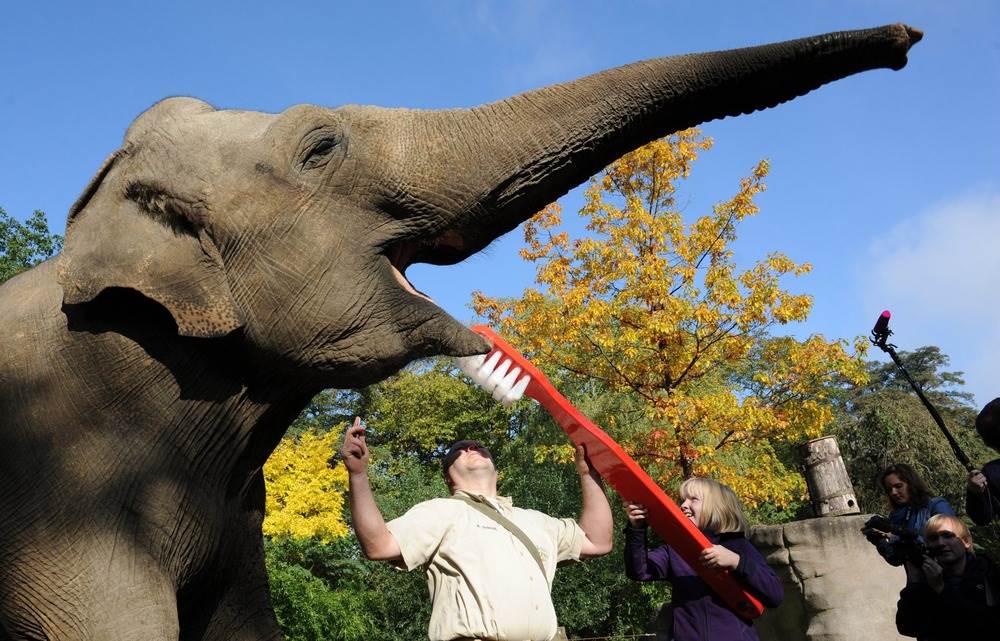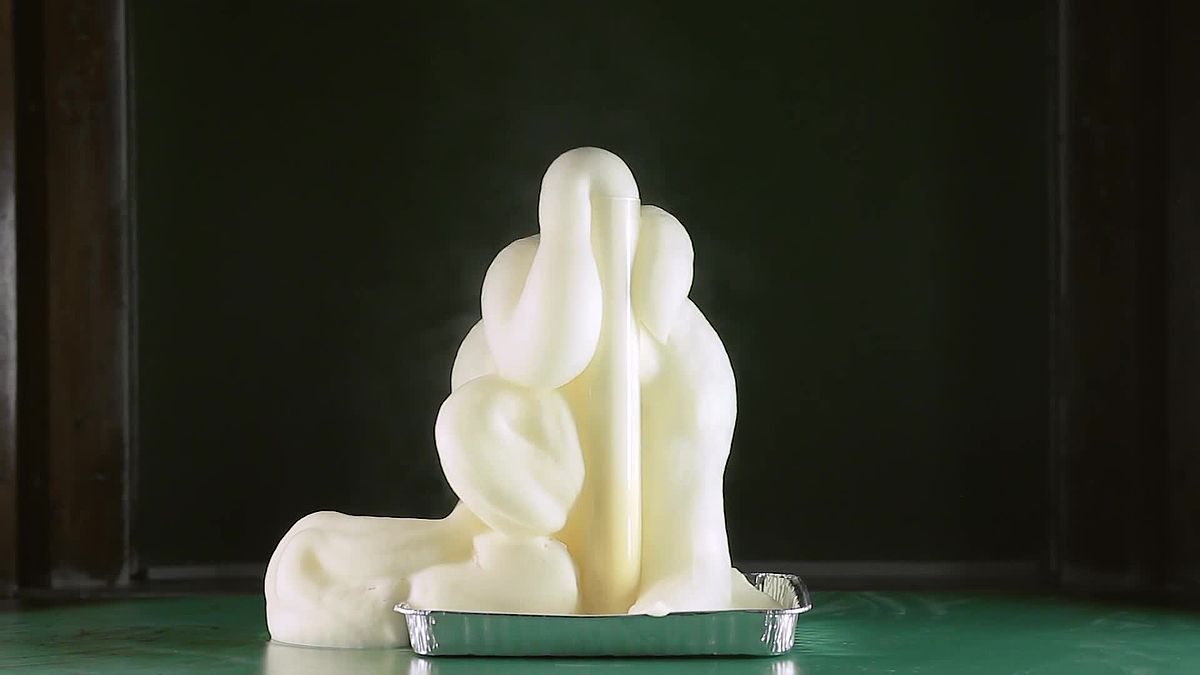Science is fun.
This term in science we’ve done a lot of interesting stuff, but only one project. We have been doing a lot of labs, experiments, and working with chemical equations. We learned about Lewis diagrams, Bohr models, exothermic and endothermic reactions, balancing equations, and much more.
We have been working on all kinds of science terms and reactions. Before we really go into the unit, we made a unit Mind Map, to diagram what we already knew about this subject. Here is the one I did at the beginning:
At this time, I didn’t know much about our subject, just what I’ve learned in the past years of chemistry. But we did learn a lot over the course of the next few weeks.
The main part of our classes were directed to our projects. We had the choice of two different projects, a video, or an experiment. Both types would be partner projects and they are both about one specific chemical reaction. The video would be an animation where the characters are reactants in the reaction. The experiment project would look at how chemical reactions are used to identify the composition of a substance.
I ended up choosing the video project. I really couldn’t tell you why, maybe it’s just because I thought it would be easier since I’ve done a lot of videos in my past, I’m not sure. The project brief we received is below:
Oh, and I was partnered with Calum. We started planning, and we started looking for a reaction to use in our video. We looked at a few options, but settled on elephants toothpaste. We chose this because it’s a basic experiment and would be easy to explain how everything worked as characters. The main idea of this reaction was as follows:
This experiment contains these main “ingredients:”
– Hydrogen peroxide
– Water
– Dish Soap
– Potassium iodide (catalyst)
A catalyst is something we didn’t learn in class, but me and Calum had to research more to find out what it really was. It’s basically just another element you add to an already working chemical reaction to speed up the process dramatically. This reaction would work on its own, but would take hours and would not be nearly as spectacular. The catalyst is added in, and boosts the reaction speed by a lot. We learned that a catalyst doesn’t get chemically altered in any way during the experiment. We also learned more ways to speed up chemical reactions:
– Increase the concentration of the chemicals
– Add heat to the reaction
– Add some sort of catalyst
This was pretty interesting to me. But, enough about catalysts, let’s get into the fun stuff: the “toothpaste.”
Our reaction was fairly simple. We have two compounds, hydrogen peroxide and potassium iodide. Hydrogen peroxide decomposes into water and oxygen gas, which is in the form of foam, and without the iodide ion of potassium iodide, the reaction would be too slow to be worth it. The reaction between the hydrogen peroxide and potassium iodide removes the oxygen from the hydrogen peroxide, and the dish soap catches that released oxygen gas. That is where the foam comes from.
For our project, we made a video. Me and Calum quickly came up with an idea once we had our reaction. We thought that a football play was similar to our reaction in a way, and so we wrote a script for our story. We were having trouble thinking of an app to use for the animation, we tried Explain Everything and an app called Animation HD, but both would’ve taken a lot of needless work. We then had an idea. But watch the video to find out how we did it:
To make this video, me and Calum used the PLP iPad tripod, and angled it so it was looking directly down at a big whiteboard Calum had. Then we timelapsed us drawing the different scenes, and used a stop motion app for the animated parts. Then we put it together using iMovie, and added music.
Our video shows us actually doing our experiment at the end, even though we didn’t need to. Another group, Sofia and Ryan, were doing Elephant toothpaste as their experiment project and so we decided that we should help them a little, and then both film the experiment for project uses. And that’s what we did, and it was pretty fun.
Just recently, since it’s the end of the unit, we made an end-of-unit mind map of all the new knowledge we acquired throughout this unit:
To conclude, I’m very satisfied with this project. I feel me and Calum successfully completed our project, and in a really creative way. I think that the analogy we used, and the way we made the video, on the whiteboard, was a really unique way of showing our learning. I had a lot of fun drawing on the whiteboard, and I’m proud of the video we created.
Thanks,
See you







